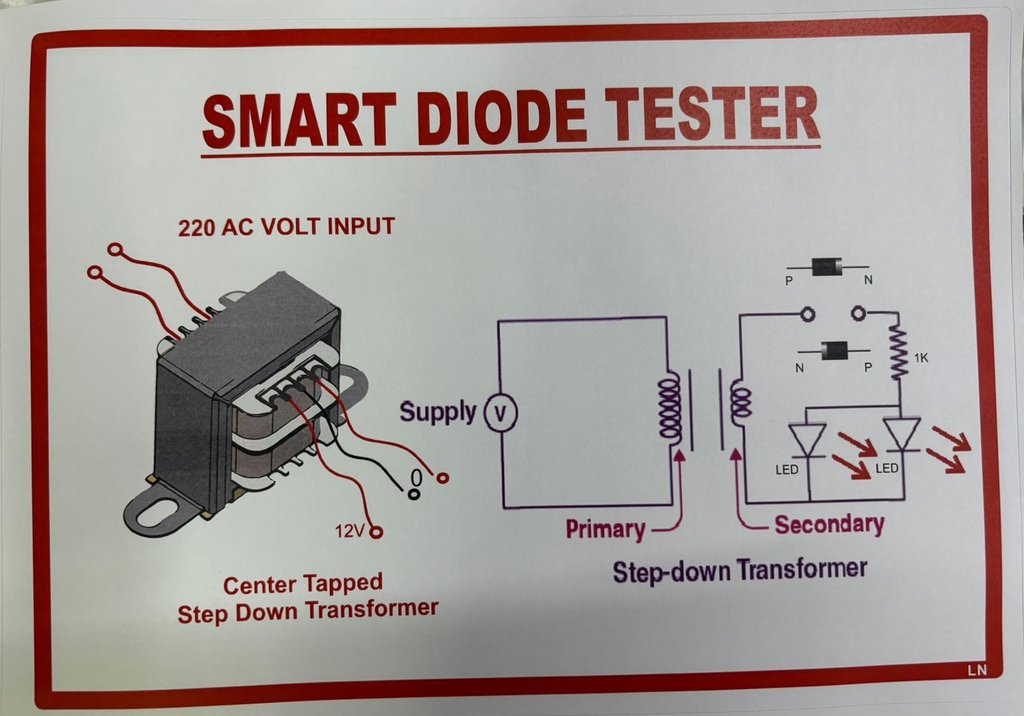



AC Generator
- Availibility: In Stock
Components Required:
- Transformer (Step-up or Step-down transformer)
- Permanent Magnet or Electromagnet
- Coil of Wire (to create a rotating magnetic field)
- Rotating Shaft (connected to a manual crank or motor)
- AC Voltmeter (for measuring the output voltage)
- Diodes (Optional, for converting AC to DC)
- Load (e.g., small bulb or LED)
- Switch (for circuit control)
- Connecting Wires
- Baseboard (to mount components)
Qty
Your Transaction is Secure
We work hard to Protect your Security and Privacy. Our Payment Security System Encrypts your information during transmission.
Description
Project Description: This project involves constructing a simple AC generator using a transformer, which demonstrates the basic principles of how AC electricity is generated and transformed. The generator uses a rotating magnetic field created by a permanent magnet or electromagnet, which induces an alternating current in a coil of wire.
The generated AC voltage is then passed through a transformer, which can either step up or step down the voltage depending on the winding ratio of the transformer. The output can be measured using an AC voltmeter or used to power a small load, such as a light bulb.
This project helps students understand the fundamental concepts of electromagnetic induction, alternating current generation, and the role of transformers in electrical systems. It also provides practical experience with mechanical and electrical components.
Applications:
- Demonstrating the principles of AC generation and electromagnetic induction
- Understanding the function of transformers in electrical circuits
- Educational tool for teaching the basics of electricity generation
- Small-scale power generation models for science fairs or classroom demonstrations
Additional information
Reviews
Add a Review
Your email address will not be published. Required fields are marked *








